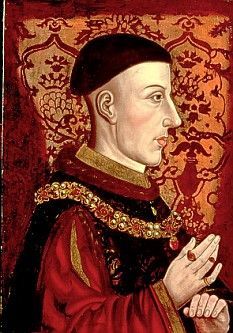The Suez Canal in Egypt is cleared and opens to shipping following the Suez Crisis.
The Suez Crisis of 1956 was a major international conflict that occurred in Egypt and had far-reaching implications for global politics.
Background:
Egypt had been under British influence for decades, primarily due to its strategic importance as the location of the Suez Canal, a vital waterway connecting the Mediterranean Sea to the Red Sea.
In 1952, a group of Egyptian military officers led by Gamal Abdel Nasser overthrew King Farouk in a coup, establishing a new government.
Nasser emerged as a charismatic and nationalist leader, aiming to modernize Egypt and assert its independence from foreign influence.
Nationalization of the Suez Canal:
In July 1956, Nasser nationalized the Suez Canal, a move that shocked Britain and France, the two major stakeholders in the canal company.
The canal’s nationalization was seen as a direct challenge to British and French interests, as they depended heavily on it for their trade routes to Asia and the Middle East.
International Response:
Britain and France, along with Israel, which was hostile to Egypt due to ongoing conflicts, saw Nasser’s actions as a threat to their interests and sought to regain control of the canal.
In secret coordination, Israel invaded Egypt on October 29, 1956, quickly capturing the Sinai Peninsula.
Britain and France issued an ultimatum for both sides to cease hostilities and withdraw from the canal zone, but their true intention was to intervene militarily.
Military Intervention:
Ignoring the ultimatum, British and French forces launched a joint military operation on October 31, 1956, with the aim of seizing control of the Suez Canal.
However, their actions were met with widespread international condemnation, including from the United States and the Soviet Union, who feared that the crisis could escalate into a larger conflict.
Under pressure from the United States and the Soviet Union, the United Nations passed a resolution calling for a ceasefire and the withdrawal of foreign troops from Egypt.
Resolution:
Facing international pressure and condemnation, Britain, France, and Israel agreed to withdraw their forces from Egypt.
The crisis ended with the withdrawal of British, French, and Israeli troops, and the Suez Canal remained under Egyptian control.
The crisis marked a significant shift in the balance of power in the Middle East, with Nasser emerging as a hero to many in the Arab world and demonstrating that former colonial powers could no longer impose their will on newly independent nations without consequences.



